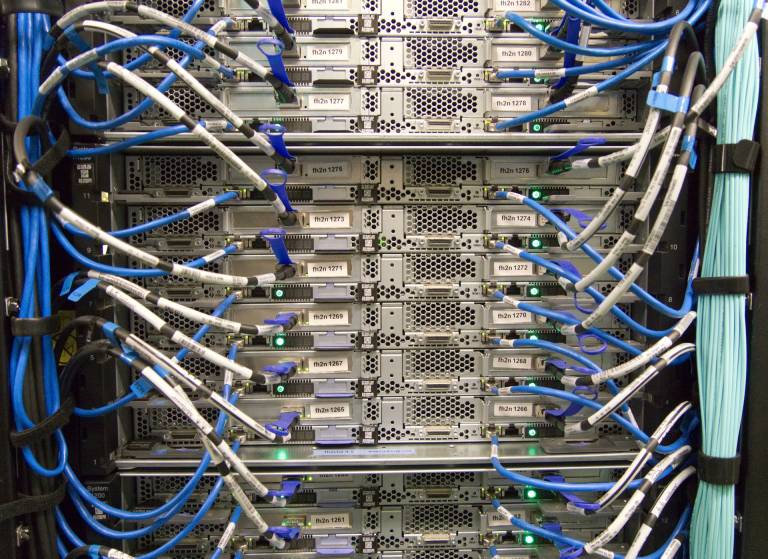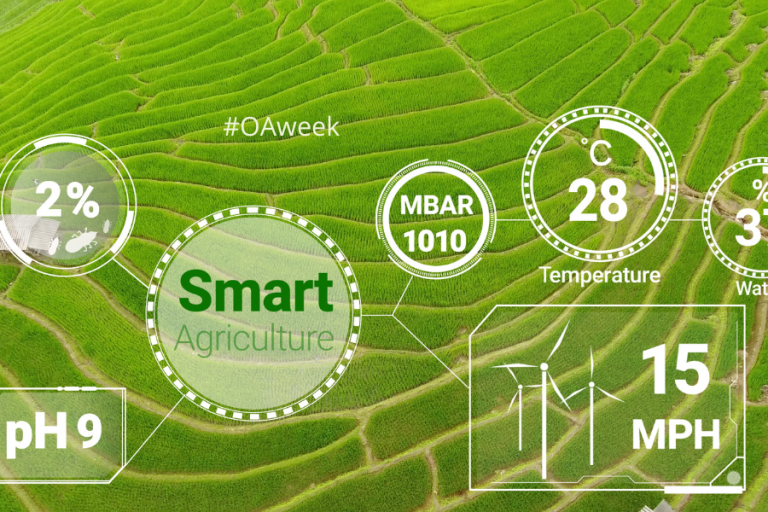In accordance with the principles of open science, research data must be as open as possible and as protected as necessary. However, there are also risks associated with the development of openness of research data. These risks are now being identified by a group of experts coordinated by the Open Science and Research (AVOTT).
The first two workshops were held in early 2022 and the risks identified were structured into seven areas. The examples presented after each area, are based on the notes from the two workshops
- Resources – financial and time
Example: Documenting the research data can be time consuming and require a lot of work, especially if the systematic documentation process has not been started from the very beginning. Describing the data with the accuracy required for making the data reusable is likely not to be done afterwards.
- Research culture (will)
Example 1. Different disciplines have different starting points and opportunities for openness. This is reflected in both motivation and competence of researchers.
Example 2. If there is no pressure within the scientific community to produce high-quality metadata, it is unlikely to be invested in.
- Merit and incentives
In addition to requirements, incentives are needed to promote and motivate the openness of research data.
Example 1. Is it worth investing in producing high-quality metadata if the tangible benefits of it are limited.
Example 2. The authorship of open research data shall be defined in a manner similar to research publications.
- Technology/infrastructure — accessibility, reliability
Example 1. The use of persistent identifiers (such as DOI or URN) is not always without its problems either, as several IDs can be generated for the same set of data in different services.
Example 2. Storage solutions do not always meet the needs of researchers. Storage may be secure in itself, but it may not be utilized due to availability and other technical limitations.
- Regulation – legislation, national policies, organisational policies, other guiding documents
Example: Data protection regulation causes over-precaution among researchers. Even anonymous data may not be shared because of fears of possible data protection breaches. There is also confusion about interpretations of where the line between pseudonym and anonymous data goes.
- Stakeholders – business cooperation, decision-makers, society (those with whom research data is produced and those who use it)
Example: Research funders, partners and study participants may have different expectations for the further use of the collected data. It is essential to remember that not everything needs to be made openly available. Also, the data does not have to be thought of as either open or closed. There is openness from different degrees, and the further use of archived data can be limited to, for example, research use only.
- Services and know-how
Example 1. There is a risk that the data containing confidential information will not be identified when processing and sharing the material.
Example 2. Support services do not know discipline-specific data managent services and their use is not supported.
Example 3. Support services can be scattered inside the university and researchers cannot find them.
The next step is to identify the most important risks and to consider how to prepare for the possible realisation of the risks.
For more information about risk management work and how to participate, visit Avointiede.fi website.



